By John Schmoker – NERC Compliance Testing Specialist, NAES Corporation
The Bulk Electric System’s (BES’s) ability to maintain frequency within predefined limits is essential to its overall stability. Inertial resistance (spinning mass), primary frequency response and sustained frequency response all contribute to the BES’s resistance to frequency deviations and to its recovery from conditions such as major loss of load or generation. While the evolving generation resource mix (toward renewables and away from conventional fuels) may be beneficial in some respects, the decline of system inertia and consequent loss of inherent frequency stability continue to present new challenges for both policymakers and the industry.
The primary strategy for maintaining frequency stability in the face of a rapidly changing generation portfolio is to standardize primary frequency response (PFR). Both the Federal Energy Regulatory Commission (FERC) and North American Electric Reliability Corporation (NERC) have highlighted the importance of maintaining adequate PFR and have instituted numerous initiatives to bring this reliability issue to the forefront. These regulators have focused on three primary areas:
- Market research to establish a real-world understanding of the frequency stability issue;
- Frequency response requirements for newly commissioned facilities; and
- Frequency response requirements for existing generators.
In terms of research, NERC’s MOD-027-1 Standard provides a means for planning entities to obtain crucial data from Generator Owners (GOs), which will lead to a better understanding of the frequency response issue overall. Before the implementation of MOD-027, entities were required to provide unverified dynamic models (including governor models). In many cases, those models were inadequate or incorrect, causing gross errors in systemwide frequency response planning. The additional requirement to match physical responses to models will ensure that transmission planners use the best possible modeling data.
While MOD-027-1 does not mandate that generators provide frequency response, FERC has issued a recent order that bridges the gap for newly connected generating facilities. FERC Order No. 842 amended the Commission’s pro forma Large Generator and Small Generator Interconnection Agreements to require that all new generating facilities install, maintain and operate a functioning governor or equivalent controls as a precondition of interconnection. The revised regulations aim to ensure that the future generation resource mix can provide adequate PFR and address the general long-term declining trend in resources’ capability to provide this essential reliability service to the grid.[1]
FERC’s order fell short of mandating PFR for all generators; however, NERC and industry partners have been working in parallel to address the issue. NERC’s recent acceptance of multiple Standard Authorization Requests (SARs) – and the subsequent establishment of Project 2017-01 Modification to BAL-003-1.1 – seek to address the contention that the responsibility for PFR should be shared between Balancing Authorities and GOs. Individual ISOs and other Transmission Planners have also requested feedback through questionnaires and frequency response worksheets to better understand the implications of shared responsibility in their respective planning areas. It is yet to be determined if a dedicated NERC Standard will be developed that resembles the regional Reliability Standard BAL-001-TRE-1.
The critical importance of PFR to reliability is clearly indicated by the ongoing actions taken by regulators and the industry at large. As the generation mix continues to evolve, so too must the measures taken to ensure adequate frequency stability throughout the BES. Time will tell whether technical advances and/or additional NERC Standards or other mandates for generators will be required to solve these challenging issues.











